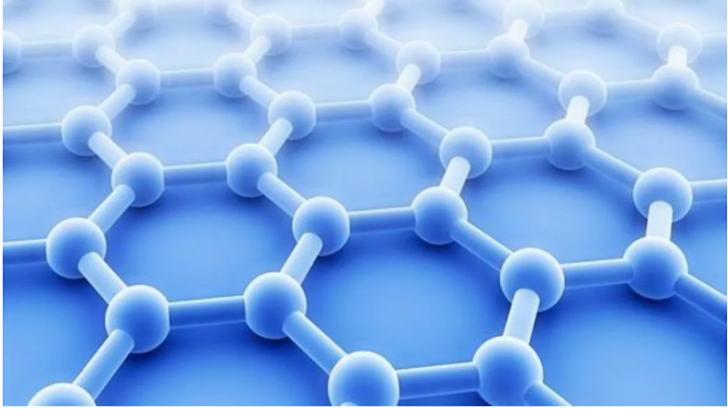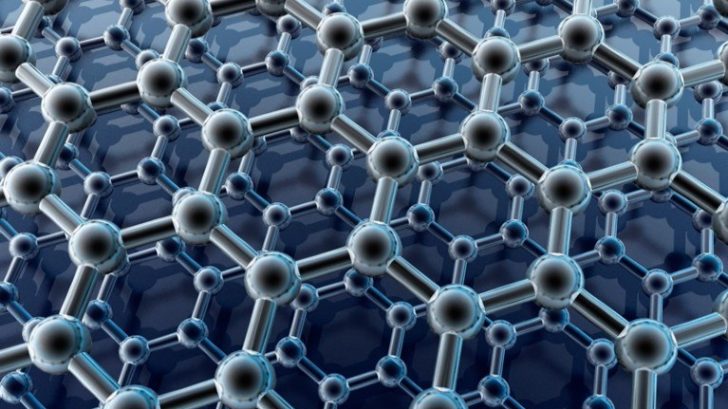In 2004, two scientists stumbled upon a "miracle material" called graphene. This thin, flexible material was stronger than steel, more conductive than copper, and poised to revolutionize everything from electronics to medicine. Nearly two decades have passed, and yet, it has barely made a dent in our everyday lives.
So, what happened to this wonder material? Why, after all the hype and hope, has it not yet lived up to its promise?
What Exactly Is Graphene?
Graphene is a single layer of carbon atoms, arranged in a honeycomb-like hexagonal lattice. Imagine it as a one-atom-thick sheet, almost invisible to the naked eye, yet immensely strong and highly conductive. Unlike other materials, graphene operates in two dimensions. Meaning, it is as flat as it gets. It is nearly weightless, can conduct electricity better than copper, and boasts strength 200 times greater than steel.

Science / Graphene is the strongest and thinnest material ever discovered!
The discovery of graphene was so groundbreaking that it earned its discoverers, Professors Konstantin Novoselov and Andre Geim, a Nobel Prize in Physics in 2010. Researchers initially believed it would change industries overnight. It seemed like the perfect material to make everything faster, lighter, and more efficient.
But here we are, twenty years later, still waiting for graphene’s world-changing promise to materialize.
Why Was Graphene Considered a Gamechanger?
Graphene’s properties make it almost magical. It can conduct electricity with hardly any resistance, a trait that’s highly sought after in electronics. Imagine ultra-thin, flexible smartphones, super-fast computers, and batteries that charge in seconds – this material seemed capable of making all this a reality.
Above all, the material is transparent and flexible, which sparked ideas for next-generation touchscreens and bendable displays.
Beyond electronics, graphene’s potential in fields like medicine and energy was staggering. Scientists dreamed of creating lightweight, incredibly strong materials for planes and cars, making transportation more energy-efficient. In medicine, graphene’s biocompatibility and flexibility could lead to safer, more effective implants and even sensors that monitor health in real time.
Why It Hasn’t Reached Us Yet?
Despite its fantastic properties, graphene is hard to produce on a large scale. The first sample of graphene was created using simple sticky tape, but creating high-quality material suitable for products has been a lot tougher. Manufacturers have struggled to make graphene consistently in a way that retains its incredible properties.

Marca / Although small-scale production is feasible producing large amounts of graphene without defects or impurities remains a major hurdle.
Cost is another problem. This material is expensive to produce at a high purity level. Thus, this makes it impractical for everyday products. Mass-producing graphene for a price low enough to be used in consumer goods is a goal scientists and manufacturers are still chasing.
Until it can be produced affordably and at scale, it is unlikely to replace existing materials in mainstream products.
The “Tipping Point” Is Near, But How Close?
According to experts like Professor James Baker, graphene may finally be nearing its “tipping point.” Over the years, researchers have found more efficient methods to produce it, and costs are slowly coming down. Many believe that in the next few years, it could start appearing in niche products, laying the groundwork for broader commercial use.
In recent years, it has been successfully tested in water filtration systems, which could be revolutionary in parts of the world where clean water is scarce. It is also being explored in energy storage, particularly for batteries, where it could make faster charging and longer-lasting batteries possible.
While we may see more graphene-based products soon, the grand vision of a graphene-transformed world may still take some time.





